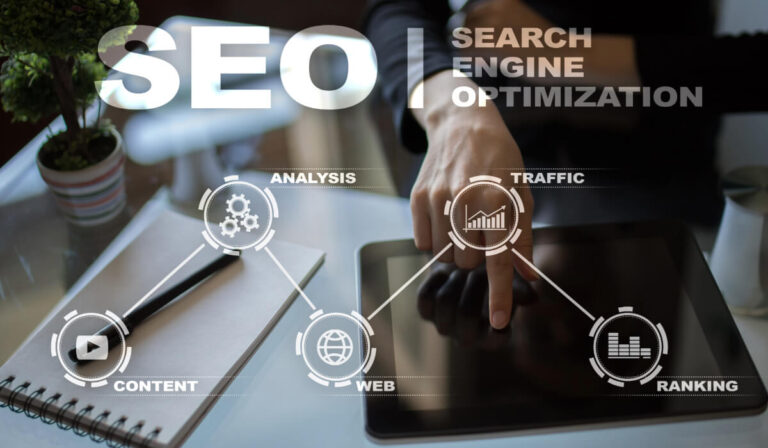Google recently revamped its entire crawler documentation, a move that has significant implications for SEOs, web developers, and content creators. This update, officially announced in September 2024, involves reorganizing the documentation to streamline the information while making it easier for users to access key details. The changes also reflect Google’s broader goal of improving how crawlers interact with websites and process information.
Overview of Changes
The previous single-page documentation was split into three distinct pages, each dedicated to a specific aspect of Google’s crawlers. This reorganization enhances both the usability and density of the information. The three new pages focus on:
- Common Crawlers: This page lists the most frequently used Google crawlers, such as Googlebot, Googlebot Image, and Googlebot Video. Each crawler is explained in detail, including its purpose and how it interacts with websites.
- Special-Case Crawlers: This page addresses the lesser-known crawlers, including those with niche use cases. For example, crawlers used for Google Ads or Google Play are covered here.
- User-Triggered Fetchers: This section focuses on crawlers that are activated by users, such as those in the Search Console.
This structure enables Google to expand its documentation in each area without cluttering the main overview page, making it easier for users to dive into specific topics without wading through irrelevant content.
Technical Enhancements and New Content
In addition to the reorganization, the documentation includes updates to technical specifications. Google has introduced more detailed information about content encoding and HTTP protocols. Specifically, Google now explicitly supports the Brotli compression format, which is crucial for speeding up web interactions. Moreover, the documentation elaborates on how Google’s crawlers handle different versions of HTTP, including HTTP/1.1 and HTTP/2, to ensure efficient crawling without overloading servers.
Another critical update is the improved explanation of the robots.txt file. Each crawler now includes examples of how to control its behavior via robots.txt, providing clearer guidelines for webmasters on how to manage crawl budgets and control what gets indexed.
Implications for SEO
These changes are highly relevant to SEO professionals. By offering more granular control and better documentation, Google aims to help webmasters optimize their sites more effectively for crawling and indexing. The clear delineation between common and special-case crawlers allows SEOs to focus on the bots most relevant to their needs, while the enhanced technical content gives them the tools to fine-tune server responses and ensure efficient site performance.
Additionally, understanding how different crawlers work can aid in improving site health and performance, especially in resource-heavy areas like images, videos, and user-generated content. For example, the update encourages webmasters to ensure that Googlebot Image and Googlebot Video are handled properly to avoid indexing issues related to multimedia content.
Actionable Tips
- Review Your Robots.txt File: With clearer guidelines in place, now is a good time to revisit your robots.txt settings. Ensure you’re using the correct directives to allow or block Google crawlers based on your SEO strategy.
- Optimize for Brotli Compression: Implement Brotli compression to make your website load faster and reduce server load, as Google’s crawlers now fully support it.
- Leverage Crawl Budget Optimization: If your site has a large number of pages, ensure you’re prioritizing important URLs by revisiting crawl settings. Google’s documentation provides detailed information on how to optimize crawl budgets for maximum efficiency.
- Monitor User-Agent Strings: Stay updated on the various user-agent strings Google uses for its crawlers, especially if you rely on advanced search features like Google Images or Google Shopping. Monitoring these agents can help you better tailor your content for specialized crawlers.
Common Mistakes to Avoid
- Ignoring User-Triggered Fetchers: While most webmasters are familiar with Googlebot, fewer pay attention to user-triggered fetchers. These fetchers are crucial for tools like Search Console and can provide insights into how real users interact with your content.
- Overlooking Brotli Compression: Many websites still rely solely on older compression algorithms like GZIP. By ignoring Brotli, you could miss out on significant speed improvements.
- Assuming One Size Fits All: Each crawler serves a different purpose, and optimizing your website with only Googlebot in mind may lead to missed opportunities in areas like image or video search.
Future Outlook
Google’s revamp of its crawler documentation is not just a reorganization but a forward-looking move to accommodate the increasing complexity of web crawling and indexing. The inclusion of new technologies like Brotli and expanded details on HTTP protocols signals Google’s intent to keep pace with evolving web standards.
For SEOs, staying ahead of these changes is crucial. With the documentation now easier to navigate and more detailed, there’s no excuse not to optimize your website for all of Google’s crawlers. Whether you’re managing a small blog or a large e-commerce site, the revamped documentation provides the tools needed to ensure that your content is efficiently crawled and indexed, ultimately improving visibility and search performance.
In conclusion, the updated crawler documentation by Google represents a significant improvement in how technical SEO knowledge is conveyed. The shift to more focused, detailed sections allows webmasters and SEO professionals to make more informed decisions, optimize their sites for various types of Google crawlers, and adapt to the increasingly complex web ecosystem.
This change is especially beneficial as search engines continue to evolve in their handling of multimedia content, user-triggered fetchers, and modern compression technologies. Leveraging the new insights and guidelines offered by Google will be key to maintaining competitive SEO practices moving forward.




